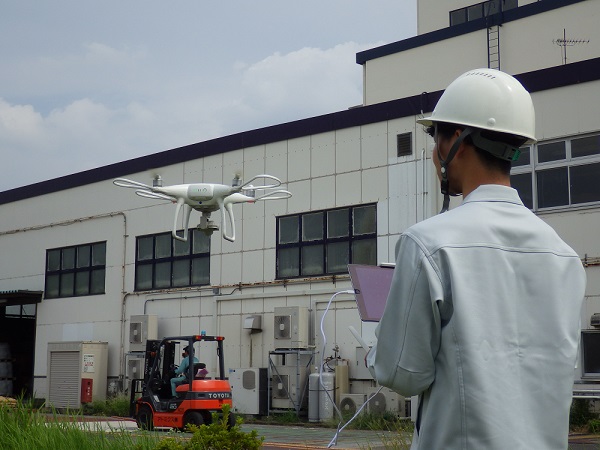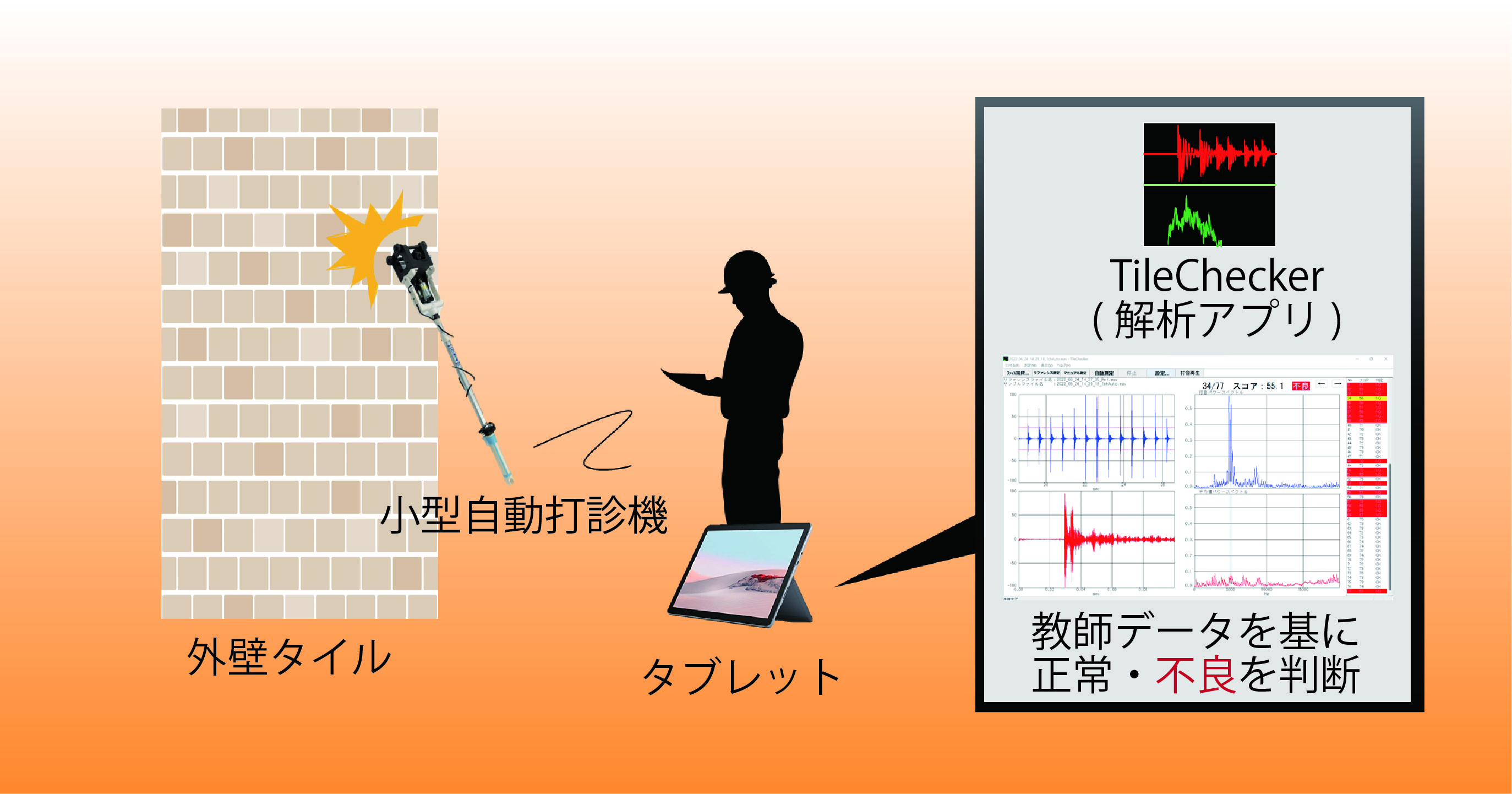2023-07-05 スイス連邦工科大学ローザンヌ校(EPFL)
◆その中で、オーストラリアの企業Hornibrookがオペラハウスの建設において重要な役割を果たしていたことが明らかになった。これにより、建物の詳細や製造過程が理解され、新たな情報が明らかになった。これによって、オペラハウスの物語が都市伝説ではなく技術文書に基づくものであることが示された。また、デジタル技術を用いて情報を保存し、建設プロセスや選択の理解を深める取り組みも行われている。
<関連情報>
- https://actu.epfl.ch/news/sydney-opera-house-is-still-revealing-its-secrets-/
- https://www.sciencedirect.com/science/article/pii/S2095263522001054
余波というわけではない。シドニー・オペラハウスの屋根の設計プロセスにおける実際の建築の役割 Not really an aftermath. The role of actual construction in the design process of the Sydney Opera House roof
Paolo Stracch, Luciano Cardellicchio, Paolo Tombesi
Frontiers of Architectural Research Available online: 18 November 2022
DOI:https://doi.org/10.1016/j.foar.2022.10.005

Abstract
For the past 50 years, the Sydney Opera House has been the subject of a prodigious hagiography of the personalities involved in its realization and their legendary querelles. Yet it remains paradoxically unexplored when it comes to its operative construction decisions, particularly those that relate to the erection of its renowned superstructure. Through the analysis of a newly discovered set of shop drawings prepared for the innovative formwork system of the iconic roof sails, the paper contributes to the construction history of the building whilst shedding light on the hitherto unacknowledged role of the general contractor in the design process. In doing so, it questions the validity of conventional assumptions about the technical division of labour in complex projects, where construction and project management tend to be kept separate from architectural and structural design, furthermore suggesting the need for broader design exegeses, combining project-based and production-based concerns. In reflecting on its import for contemporary practice, the study suggests that the revealing picture of the Sydney Opera House project, as it emerged from the cumbersome archive-based cross-analysis of the manual documentation produced for it, is in principle much easier and perhaps important to obtain today. This is due, on the one side, to availability and diffusion of digital project collaborative platforms; on the other side, to the merging and the blurring of professional and non-professional design contributions.



